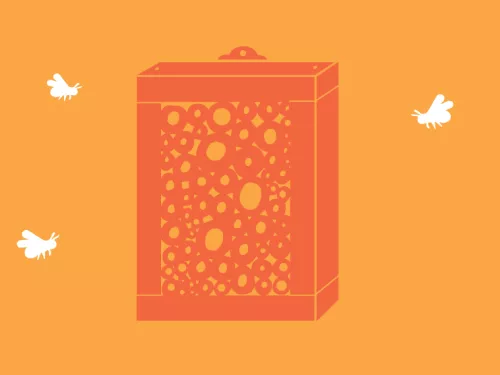
How to make a bee hotel
Solitary bees are important pollinators and a gardener’s friend. Help them by building a bee hotel for your home or garden and watch them buzz happily about their business.
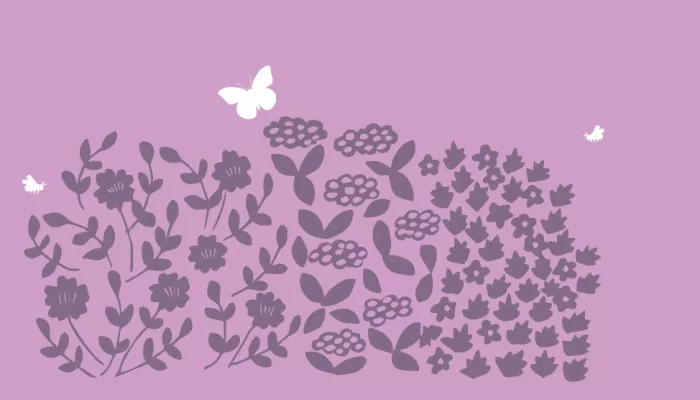
Hedges provide important shelter and protection for wildlife, particularly nesting birds and hibernating insects.
Hedges are a better choice of boundary for wildlife than fences or walls, especially if native trees and shrubs are used. Hedges allow wildlife to move about between gardens and other spaces, and provide feeding and breeding opportunities.
Hedges offer food in the form of leaves, nectar-rich flowers, berries, fruits, seeds and nuts, and are also good hunting grounds for predators seeking insects and other invertebrates. They make natural windbreaks, creating sheltered areas in the garden, which is particularly important for butterflies. They also create areas of shade, increasing the range of habitats within the garden for wildlife and people! Informal hedges and trees are better than those that are regularly clipped; for instance, hawthorn, holly and privet will produce few or no flowers and berries if kept trim.
Planting hedges instead of using fences and walls allows wildlife to travel and find food and shelter more easily, and means a bigger range of habitats in your garden!
Native shrubs and trees like hawthorn, field maple, blackthorn, beech, hornbeam and holly make an ideal mixture of hedging plants. Grow rambling plants, such as wild rose, bramble and honeysuckle, through your hedge to provide even more shelter and food for wildlife.
Ivy is particularly beneficial for nesting birds and it flowers in the autumn when few other nectar sources are available to insects. Encourage prospective wildlife by growing it up into large trees.
The best time for planting is between November and March, but never plant into waterlogged or frozen ground. Bare, rooted plants are cheaper, but take care not to expose the roots for long when planting. Until they are established, keep the base of your plants free from weeds with a thick mulch or matting.
For a mixed native hedge, try to include three plants of the same species per 1 m (3 ¼ ft) with one each of two other species.
Hedges should not be pruned until late winter or early spring so that wildlife can take advantage of the insects and fruits provided during the winter months.
In the first spring, cut shrubs back to 45-60 cm (18-25 in) above the ground. This encourages bushy growth.


Solitary bees are important pollinators and a gardener’s friend. Help them by building a bee hotel for your home or garden and watch them buzz happily about their business.
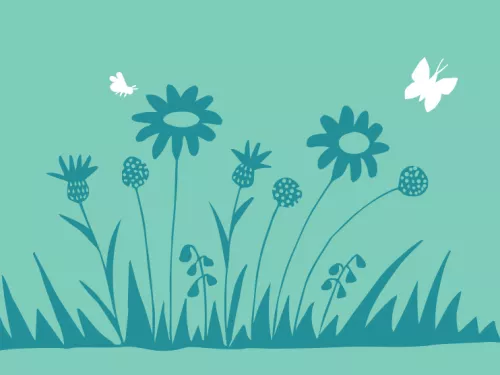
Whether it's a flowerpot, flowerbed, wild patch in your lawn, or entire meadow, planting wildflowers provides vital resources to support a wide range of insects that couldn't survive in urban areas otherwise. It is also a great way of avoiding tools such…
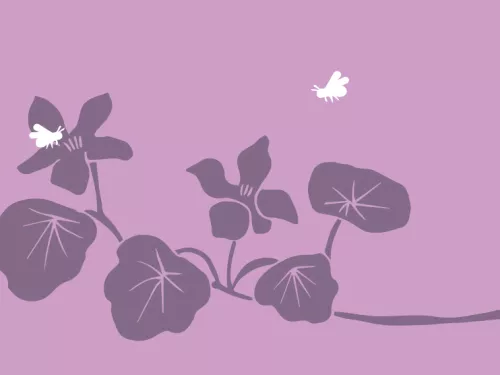
The best plants for bumblebees! Bees are important pollinating insects, but they are under threat. You can help them by planting bumblebee-friendly flowers.
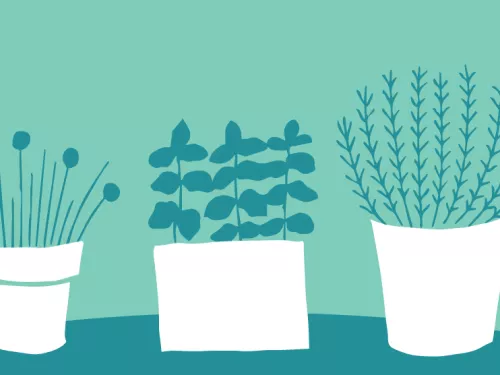
Planting herbs will attract important pollinators into your garden, which will, in turn, attract birds and small mammals looking for a meal.
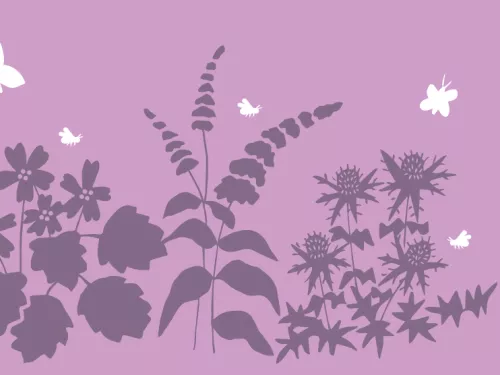
Set up a ‘nectar café’ by planting flowers for pollinating insects like bees and butterflies

Plant wildflower with seed bombs!